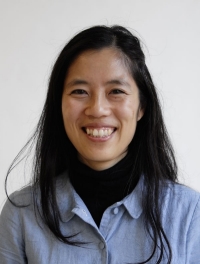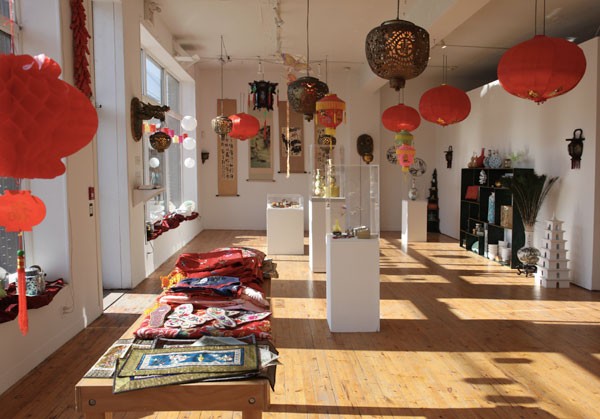Now, as Tam’s career continues to blossom, she’s just been named as one of five finalists for the prestigious Contemporary Art Award offered by the Musée national des beaux-arts du Québec (MNBAQ). The biennial award is aimed at mid-career, Quebec-based artists who have been professionally exhibiting their work domestically and abroad for more than 10 years.
This award was founded with a $400,000 Royal Bank of Canada donation. Another Concordia alumna, Diane Morin, MFA 03, was the inaugural recipient.
“I’m really happy to be nominated for this prize. It’s quite an honour,” says Tam.
“I am humbled by this recognition and to be in the company of the other four artists, as well as those who were nominated the last time, too. There are a lot of artists out there deserving of that, but I am just very happy to be a finalist.”
The MNBAQ award is designed to recognize and support artists and provide their already thriving career an extra boost. The award winner receives a $10,000 grant and a solo exhibition and publication and the museum acquires $50,000 in the artist’s works for its collection. That makes the prize’s total value about $100,000.
A jury will meet on April 5 to select the next winner, and a press conference will be held soon after to announce the selected artist. The winner’s exhibition is scheduled for spring 2017.


 Karen Tam, BFA 00, is one of five finalists for the Musée national des beaux-arts du Québec’s contemporary art award.
Karen Tam, BFA 00, is one of five finalists for the Musée national des beaux-arts du Québec’s contemporary art award.
 For Terra dos Chinês Curio Shop (2012-2015), installed at Artspace in Peterborough, Ont., viewers entered a space that appeared to be real but was a façade of “DIY chinoiserie,” styled after a San Francisco or New York City Chinatown souvenir shop of the 1930s and 1940s.
For Terra dos Chinês Curio Shop (2012-2015), installed at Artspace in Peterborough, Ont., viewers entered a space that appeared to be real but was a façade of “DIY chinoiserie,” styled after a San Francisco or New York City Chinatown souvenir shop of the 1930s and 1940s.